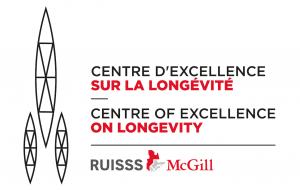“Emergency room evaluation and recommendations” (ER²): A pre-post interventional study
Background
The Emergency Department of the Jewish General Hospital is one of the busiest ERs in North America where older ER users are highly prevalent and represent close to 50% of visitors. Successful delivery of high-quality care at the JGH ED depends upon the cooperation and coordination of a multidisciplinary team of individuals, and support from administration, medical and nursing leadership, as well as from medical and technical departments. Staff works side-by-side as a specialized team to provide efficient, high-quality patient care while remaining at the forefront of academic Emergency Medicine. Thus, this ER was the right place to implement and examine the usability and effects of ER².
Objectives
- To examine the prevalence PRISMA-7 scores and the prevalence of checked PRISMA-7 items, in the case of partial completion, in older ER users at the JGH
- To examine the prevalence of ER² scores and the prevalence of checked ER² items, in the case of partial completion, in older ER users at the JGH
- To examine the relationship between an abnormal (i.e.; ≥3/7) PRISMA-7 scores and length of stay in older ER users admitted to the medical or surgery wards at the JGH
- To examine the relationship between ER² risk levels (i.e.; low, moderate and high) and length of stay in older ER users admitted to the medical or surgery wards at the JGH
- To examine the relationship between an abnormal (i.e.; ≥3/7) PRISMA-7 score and acute medical events in older ER users admitted to the medical or surgery wards at the JGH
- To examine the relationship between ER² risk levels (i.e.; low, moderate and high) and acute medical events in older ER users admitted to the medical or surgery wards at the JGH
- To examine the effects of PRISMA-7 on the length of stay in older ER users admitted to the medical or surgery wards at the JGH
- To examine the effects of ER² recommendations on length of stay in older ER users admitted to the medical or surgery wards at the JGH
- To examine the effects of PRISMA-7 on the occurrence of acute medical events (i.e.; new organ failure and fall) in older ER users admitted to the medical or surgery wards at the JGH
- To examine the effects of ER² recommendations on the occurrence of acute medical events (i.e.; new organ failure and fall) in older ER users admitted to the medical or surgery wards at the JGH
Methods
The design was a prospective observational cohort design which was separated in two phases (in terms of recruitment of participants):
Phase 1: PRISMA-7 and ER², where only the assessment component was performed over a period of 3 months.
Phase 2: PRISMA-7 and ER², where both components (i.e.; assessment and recommendations) were performed over a period of 3 months.
Participants were patients aged 65 years and over, whose visit to the JGH ED was unplanned. For both tools (ER² and PRISMA-7) assessed patient results were compared to a reference group of elderly patients admitted to the ER, for whom neither assessment was completed. The analysis of their medical chart, following discharge, allowed researchers to closely follow the various steps of their stay at the JGH. The medical charts were also taken into account to ensure the respect of the study’s inclusion criteria.
Partners
Faculty of Medicine, McGill University
Emergency Department, Jewish General Hospital



